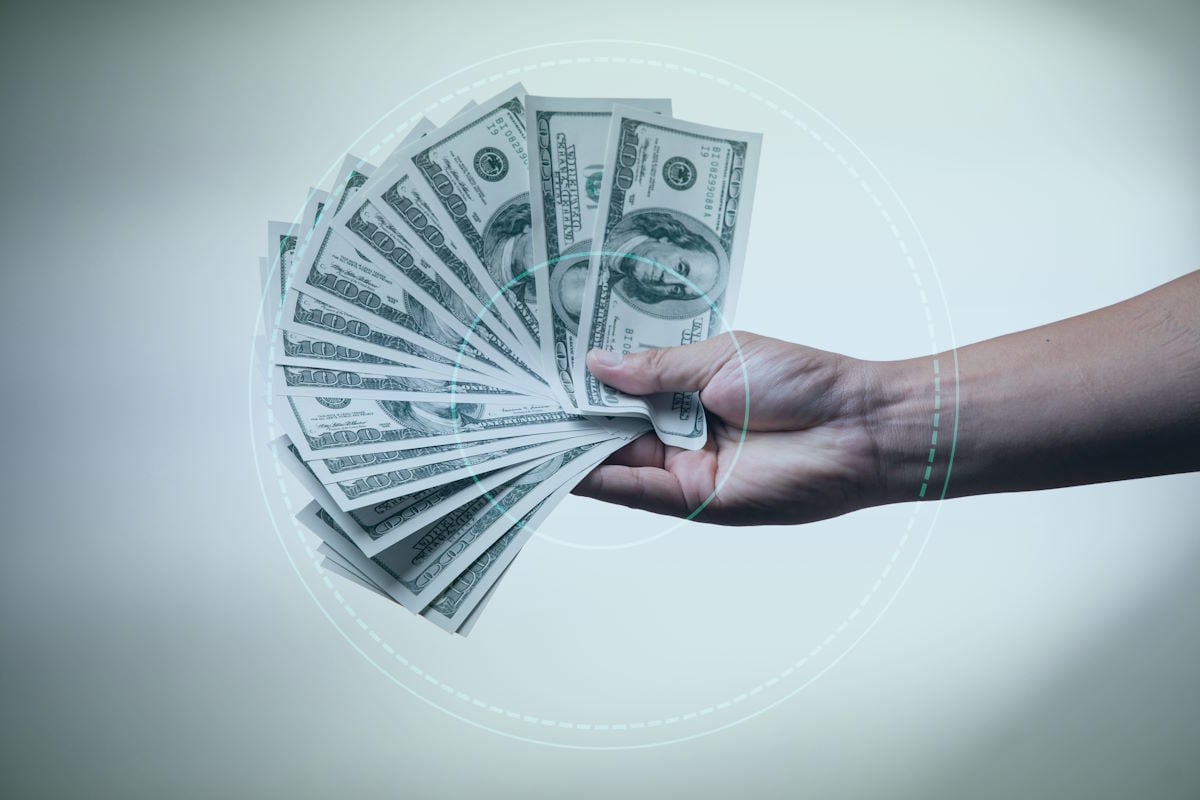The sales funnel is a vital tool for guiding prospects across the entire customer journey, from awareness to conversion.
The sales funnel is a vital tool for guiding prospects across the entire customer journey, from awareness to conversion
Every person buys a product or service for different reasons, but the process of reaching a purchase decision is often similar. A sales funnel is a useful tool for understanding this process and nurturing leads into loyal customers. The next challenge is determining how the sales funnel and its principles apply to your business model and target market.
In this article, we’ll explore the sales funnel and its role in guiding customers from awareness to conversion. We will also define the funnel’s stages and highlight effective strategies for engaging leads at each step.
Ready to dig deeper? Check out our Complete Guide to Full Funnel Marketing.
What is the Sales Funnel?
A sales funnel is a marketing concept that represents the stages a potential customer goes through before making a purchase. This process can have various names, such as sales funnel vs conversion funnel, but its primary goal is to guide and track a prospect from initial awareness of a brand to the eventual purchase decision. The components of a sales funnel typically include awareness, interest, decision, and action stages.
Why is the Sales Funnel Important?
The sales funnel is crucial in guiding potential customers through the purchasing journey. It helps businesses invest in the right marketing activities by understanding where prospects are in their journey and tailoring relevant messages. This targeted approach increases conversion rates as potential customers are nurtured through the various stages of the funnel.
The benefits of sales funnel strategies include businesses better lead track and prospect management, optimizing marketing spend, and ultimately driving more sales. Understanding where prospects are in their journey is valuable as it allows businesses to tailor their strategies and messaging accordingly, leading to higher sales and improved customer retention. By identifying the specific needs and concerns of potential customers at each stage of the funnel, businesses can provide the right information and support to guide them toward making a purchase.
By ignoring the benefits of a sales funnel, businesses face potential risks like inefficient spending on marketing activities, irrelevant messaging, and a decrease in conversion rates. This can negatively impact sales and customer relationships as potential customers may feel overwhelmed or disengaged without a clear path to follow.
What Are the Sales Funnel Stages?
The sales funnel stages are critical to navigating the world of marketing and sales. Each stage represents a different level of engagement and interest, and businesses must tailor their marketing and sales efforts accordingly to move leads through the funnel and toward a purchase. Let's take a closer look at the key stages along with sales funnel tips that improve the overall customer journey.
Stage 1: Awareness
In the awareness stage of the customer journey, leads become aware of a product or brand. Tactics such as landing pages, sign-up forms, social media ads, Google ads, and lead magnet funnels can effectively capture people's attention and encourage them to learn more about your products or services.
Non-promotional lead generation content is crucial during this stage. Informative videos, blog posts, and influencer collaborations provide value to the audience without a monetary investment. This type of content is more likely to establish a connection with leads that develops as they trust your expertise.
Stage 2: Interest
In the interest stage of engaging prospects, leads find out about product offerings that reflect their needs. Engagement scores and marketing automation tools can help measure this interest and develop a personalized strategy.
Leads with high scores are usually interested in seeing content that showcases the value of products and services. Articles, videos, infographics, webinars, and case studies can highlight these benefits and capture the interest of potential customers.
Stage 3: Decision
In Stage 3 of the decision-making process, the lead is choosing whether to invest in your product or decide between competitors. Businesses should focus on guiding the prospect through the finer details of a purchase, including comprehensive information about features, pricing, quality variations, and shipping options.
At this stage, prospects should qualify leads who developed a high level of interest in the previous two stages. By qualifying leads effectively, we can ensure that our time and resources are efficiently utilized. Politely redirecting unqualified leads to other suitable options can help us maintain focus on those prospects who are more likely to convert.
Stage 4: Action
After the action stage in the sales pipeline, the lead has decided to buy your product. The goal for brands is to ensure the purchase process runs as seamlessly as possible. Easily navigable purchase pages and abandoned cart emails help customers close a deal and minimize disruptions that might cause them to look elsewhere.
Once the sale is complete, remarketing strategies can keep your brand top of mind for prospects. Show targeted ads to existing customers, reminding them of the items they enjoyed and offering them discounts or special promotions. By integrating these tactics into your targeted nurture campaign, you can keep prospects engaged and increase the likelihood of future purchases.
Six Easy Steps for Building a Sales Funnel
A well-structured customer journey that accounts for sales funnel optimization is indispensable for any business aiming to close deals. Here's a concise guide in six easy steps to build a powerful sales funnel:
1. Define Your Audience
Understanding your target audience is foundational. Leverage data analytics to uncover their behaviors and interests. Analyze metrics like time spent on page and social media interactions to craft detailed buyer personas. Identifying audience pain points helps tailor messaging to address specific needs.
2. Establish Goals
Segment your sales funnel into top, middle, and bottom stages. Set clear goals for each stage, whether attracting leads, nurturing them, or converting to customers. Use tools like Google Analytics and CRM systems to measure effectiveness and track progress.
3. Create Content
In the consideration stage, create compelling content to attract and engage potential buyers. Utilize PPC ads, SEO strategies, videos, blogs, case studies, and product explainer videos. Implement a drip email campaign for consistent touchpoints, offering valuable information and guiding prospects toward informed purchasing decisions.
4. Engage Leads
Engage prospects strategically at every funnel stage. In the top stage, provide valuable, informative content to establish a brand presence. In the middle stage, share educational content showcasing product value. In the bottom stage, communicate directly through emails or calls, building trust and offering solutions.
5. Encourage Leads
Encourage action by simplifying the purchasing process with a clear call to action. Minimize form fields, offer added value like special discounts, and provide transparent shipping details. Maintain contact with converted customers through new email lists and incentives for repeat sales.
6. Communicate
Effective communication is vital for customer retention. Regularly check in, offer assistance, and share educational content to keep customers engaged. Be courteous, attentive, and responsive to build trust and address any concerns proactively. Sharing valuable content through various channels ensures customers make the most of their investment and solidifies loyalty.
Make tvScientific Your CTV Partner
tvScientific was co-founded by senior executives with deep roots in search, programmatic advertising, digital media, and ad verification. We think scientifically, and our results are driven by a belief in one, simple formula: Trust = Data x Transparency x Control.
With powerful attribution capabilities, real-time reporting, automated optimization, and built-in, always-on testing, we believe that tvScientific provides the most robust, transparent, tailored CTV advertising platform. Once you see it for yourself, we know you will too. Request a demo today.







